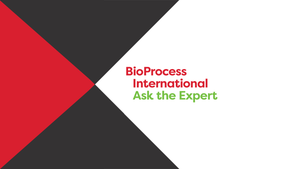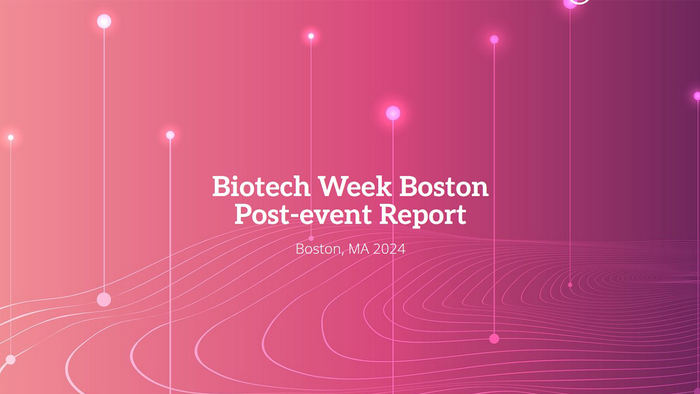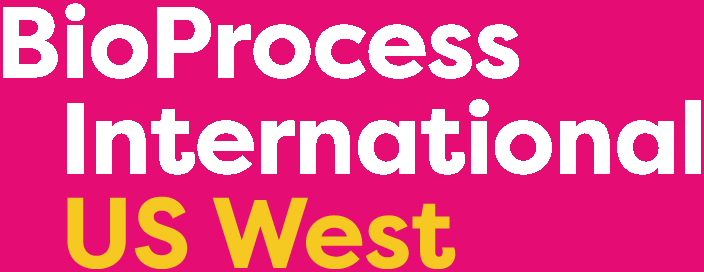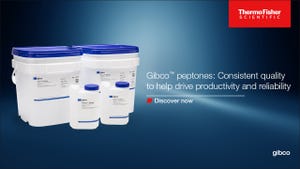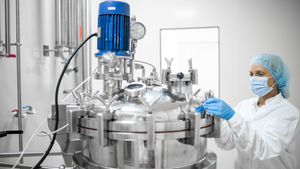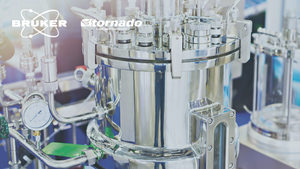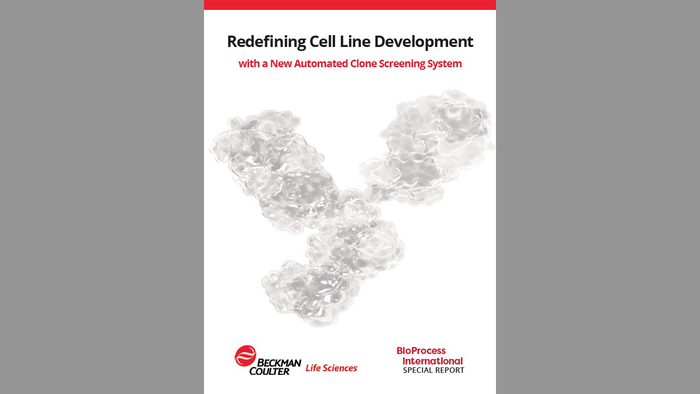- Sponsored Content
- Downstream Processing
High Throughput Development of Non-Protein A Monoclonal Antibody Purification Process using Mini-Columns and Bio-Layer InterferometryHigh Throughput Development of Non-Protein A Monoclonal Antibody Purification Process using Mini-Columns and Bio-Layer Interferometry
November 10, 2014

Already have an account?
Sponsored by Cytiva
High throughput (HT) sorbent screening is widely used for developing purification process saving time and sample volume. This study describes the development of a non-protein A purification process for a monoclonal antibody (MAb) expressed in a CHO cell supernatant. For the capture step, 54 process conditions were screened in three days using 200 µL mini-columns packed with five different sorbents. Capacity and yield were evaluated using Bio-Layer Interferometry (BLI) with protein A biosensors and MAb purity, using SEC-HPLC. A 340-fold scale-up of the best capture conditions was conducted using a lab-scale column packed with MEP HyperCelTM sorbent. The eluate of the first step was used for screening the intermediate purification step on mini-columns in a bind/elute mode. A total of 94 process conditions were tested on five sorbents in seven days using a design of experiment (DoE) approach, leading to the selection of CM Ceramic HyperD® sorbent. After the two chromatography steps, the MAb’s purity was 97% with a yield of 90%. A F/T polishing step will remove remaining impurities.
About the Author
You May Also Like
